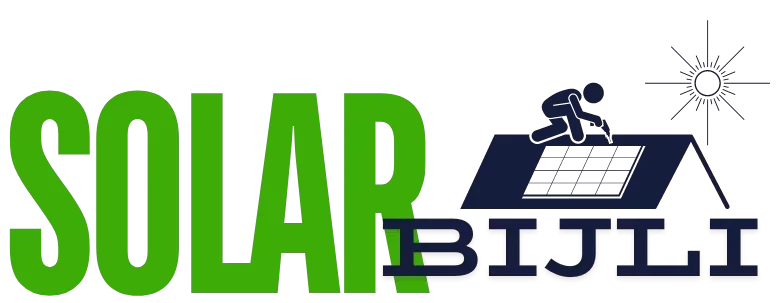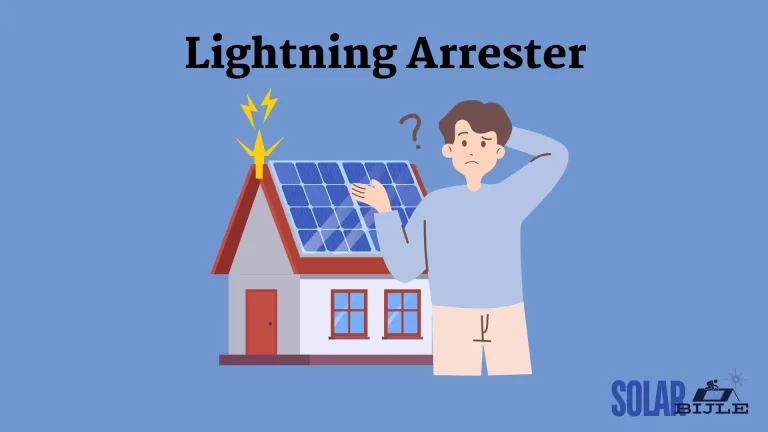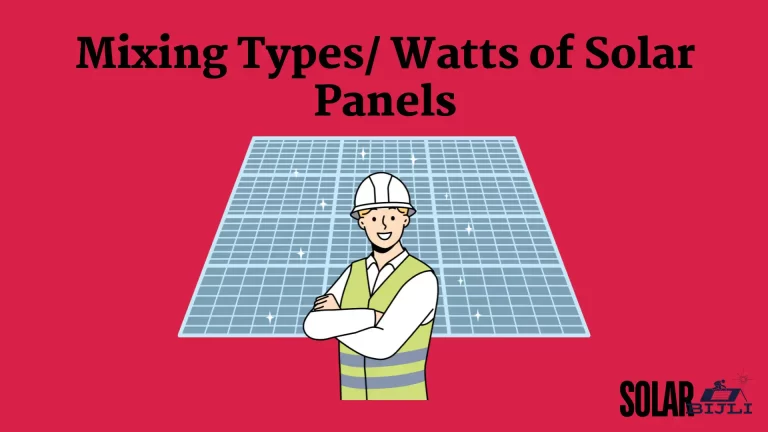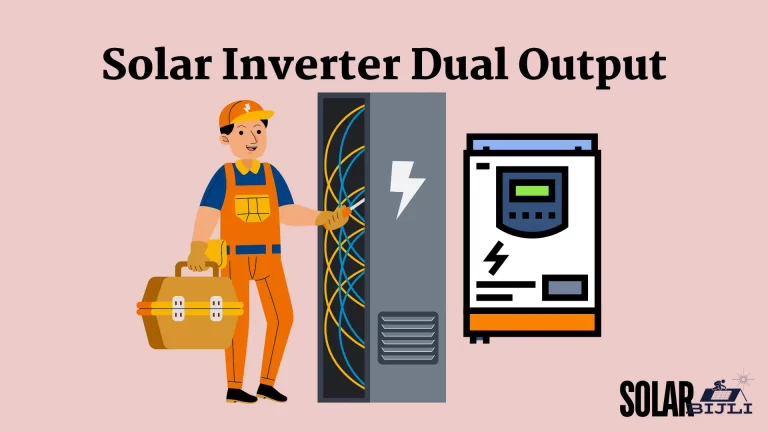Series Connection: In a series connection, solar panels are connected end-to-end, adding their voltages while the current remains the same.
Parallel Connection: In a parallel connection, solar panels are connected side-by-side, adding their currents while the voltage remains the same.
Series Connection
Pros:
- Higher Voltage: Increases the system voltage, which can be beneficial for reducing power loss over long distances.
- Simpler Wiring: Fewer cables and connectors are needed.
Cons:
- Shading Impact: If one panel is shaded or fails, the entire string’s output drops.
- Voltage Limitations: System voltage may exceed inverter or charge controller limits.
Parallel Connection
Pros:
- Consistent Performance: Shading or failure of one panel doesn’t significantly affect others.
- Increased Current: Higher current output can be beneficial for certain applications.
Cons:
- More Wiring: Requires more cables and connectors.
- Voltage Stays Low: Lower system voltage might result in higher power loss over long distances.
Use Cases for Series Connection
1. Higher Voltage Systems:
- Battery Charging: Suitable for charging battery banks that require higher voltage inputs.
- Long-Distance Wiring: Ideal when the solar panels are far from the inverter or battery bank, reducing power loss over long distances.
2. Grid-Tied Systems:
- Inverter Compatibility: Many grid-tied inverters require a higher input voltage, making series connections suitable.
Use Cases for Parallel Connection
1. Lower Voltage Systems:
- 12V Systems: Common in RVs, boats, and small off-grid systems where appliances and batteries operate at 12V.
- Voltage Constraints: When the inverter or charge controller has a low voltage input limit.
2. Shaded Areas:
- Partial Shading: If parts of the solar array are often shaded, parallel connections ensure that the shaded panels don’t significantly reduce the system’s overall performance.
3. Increasing Current:
- Battery Banks: Useful when needing to increase the current to match the battery bank’s requirements without increasing the voltage.
Choosing between series and parallel connections depends on specific requirements like system voltage, distance from components, shading conditions, and the electrical specifications of the devices being used.
The Basics of Solar Panel Power
Let’s start with a basic 100-watt solar panel. On the back, you’ll find two main power outputs: a positive and a negative, using waterproof MC4 connectors. The datasheet on the back shows the power details. The key formula to remember is: Watts=Volts×Amps\text{Watts} = \text{Volts} \times \text{Amps}Watts=Volts×Amps
For a 100-watt panel, the maximum power voltage might be around 18.15 volts, and the maximum power current (amperage) might be 5.51 amps. Multiplying these together gives you the 100-watt output. The datasheet also shows the open circuit voltage (VOC) and short circuit current, which are higher than the operating values.
Connecting Solar Panels in Series
How Series Connection Works
When you connect solar panels in series, you add up the voltage of each panel while the current remains the same. For example, with four 180-watt panels each at 19 volts and 9.5 amps: Total Voltage=19V+19V+19V+19V=76V\text{Total Voltage} = 19V + 19V + 19V + 19V = 76VTotal Voltage=19V+19V+19V+19V=76V Total Amperage=9.5A\text{Total Amperage} = 9.5ATotal Amperage=9.5A
This gives a total power output of: 76V×9.5A=720W76V \times 9.5A = 720W76V×9.5A=720W
Benefits of Series Connection
- No Need for Fuses: The amperage stays the same, reducing the need for fuses.
- Low Voltage Drop: Reduced power loss over long distances due to lower current.
Drawbacks of Series Connection
- Shade Sensitivity: If one panel is shaded, the whole series’ performance drops.
- High Voltage Risks: Higher voltages increase the risk of electrical shock.
Connecting Solar Panels in Parallel
How Parallel Connection Works
In a parallel connection, the voltage stays the same while the current adds up. For the same four panels: Total Voltage=19V\text{Total Voltage} = 19VTotal Voltage=19V Total Amperage=9.5A+9.5A+9.5A+9.5A=38A\text{Total Amperage} = 9.5A + 9.5A + 9.5A + 9.5A = 38ATotal Amperage=9.5A+9.5A+9.5A+9.5A=38A
This also gives a total power output of: 19V×38A=720W19V \times 38A = 720W19V×38A=720W
Benefits of Parallel Connection
- Reduced Shade Impact: Shading one panel doesn’t affect the others.
- Lower Voltage: Safer for certain applications with voltage limits.
Drawbacks of Parallel Connection
- Need for Fuses: Higher total amperage requires fuses to prevent damage.
- Power Loss Over Distance: Higher current can lead to more significant voltage drops over long cables.
Series-Parallel (2S2P) Configuration
How 2S2P Configuration Works
Combining both methods, you can wire panels in a series-parallel (2S2P) configuration for balanced voltage and current. Here, two sets of two panels are connected in series, then these sets are connected in parallel.
Benefits of 2S2P Configuration
- Balanced Performance: Provides a balance between high voltage and high current.
- Improved Shading Performance: Only half the system is affected by shading.
Example Calculation
For four panels (two sets of two in series): Series Voltage=19V+19V=38V\text{Series Voltage} = 19V + 19V = 38VSeries Voltage=19V+19V=38V Series Amperage=9.5A\text{Series Amperage} = 9.5ASeries Amperage=9.5A Parallel Amperage=9.5A+9.5A=19A\text{Parallel Amperage} = 9.5A + 9.5A = 19AParallel Amperage=9.5A+9.5A=19A Total Power=38V×19A=720W\text{Total Power} = 38V \times 19A = 720WTotal Power=38V×19A=720W
Safety Considerations
- High Voltage Risks: Series connections can exceed 60V DC, which can be dangerous. Always use insulated tools and gloves.
- Proper Fusing: Parallel connections require proper fusing to handle high current safely.
- Cold Weather Considerations: Cold weather can increase open circuit voltage, so ensure your system components can handle these spikes.
Conclusion
Connecting your solar panels in series, parallel, or a combination of both (2S2P) depends on your power needs and system constraints. Each method has its advantages and trade-offs in terms of voltage, current, and safety. By understanding these basics, you can design an efficient and safe solar power system tailored to your specific requirements.
Keep experimenting, stay safe, and enjoy the journey of harnessing solar energy!






